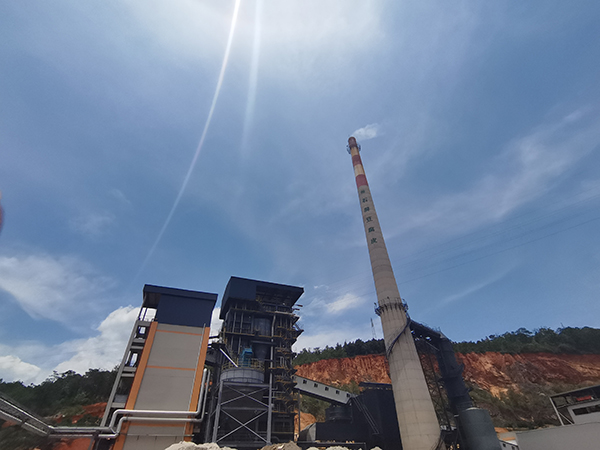Guide: The waste heat boiler is mainly a kind of heating equipment that produces steam or hot water by using the waste heat generated by its industrial furnaces and other waste heat source equipment. When it is used, it is in the process of comparing with traditional boilers. , There is only a "pot" but no "furnace",
When used, the waste heat boiler is mainly a kind of heating equipment that produces steam or hot water by using the waste heat generated by its industrial furnaces and other waste heat source equipment. When it is used, it is in the process of comparing with traditional boilers. , There is only a "boiler" but no "furnace", but people still call it a "waste heat boiler". Because of the diversity of "waste heat" varieties, the structure of waste heat boilers is varied and different. Waste heat is the heat that has not been used in industrial production. It belongs to the secondary energy source and is the product after the conversion of primary energy and combustible materials.

The waste heat boiler can be divided into the following categories according to the nature of the waste heat
1. High-temperature flue gas waste heat: It is a common method. Its characteristics are large output, concentrated production points, easy to recover and use. The heat taken away accounts for 40-50% of the total heat. The waste heat boiler recovers heat. It can be used for production or domestic heat and power generation.
2. High-temperature slag waste heat: such as blast furnace slag, converter slag, electric furnace slag, etc. The slag temperature is above 1000 ℃, and the heat it takes away accounts for 20% of the total heat.
3. High-temperature product waste heat: such as coke oven coke, steel ingot billet, high-temperature forgings, etc., which generally have a high temperature and contain a lot of waste heat.
4. Residual heat of combustible waste gas and waste liquid: such as blast furnace gas, catalytic cracking waste gas from oil refineries, black liquor from paper mills, etc., they can all be used.
5. Chemical reaction waste heat: Industrial sectors such as metallurgy, sulfuric acid, phosphoric acid, fertilizer, chemical fiber, paint, etc. all have a lot of chemical reaction waste heat.
6. Cooling medium waste heat: A lot of cooling water discharged from cooling equipment such as water jackets of industrial furnaces and kilns, and the steam produced by each vaporization cooling equipment contains a lot of waste heat, which can be used reasonably.
7. Condensed water waste heat: the physical sensible heat of the steam produced by various industrial sectors when the condensation decreases after the industrial process.
Features of Waste Heat Boiler
1. The heat load is unstable, which is mainly determined by the production process.
2. The composition, concentration, and particle size of the smoke and dust are relatively different. As a result, the installation of the heating surface of the boiler is affected, and it is necessary to consider anti-wear, ash blocking and dust removal.
3. The diversity of flue gas components makes some flue gas corrosive. For example, the SO2 in the flue gas or the metal and non-metal elements in the slag may cause low-temperature or high-temperature corrosion and dust accumulation on the waste heat equipment.
4. Constrained by the inherent conditions of the installation. For example, some restrictions on the elevation of the boiler inlet and outlet; and some restrictions on the boiler exhaust temperature, so that it meets the requirements of the production process.




























